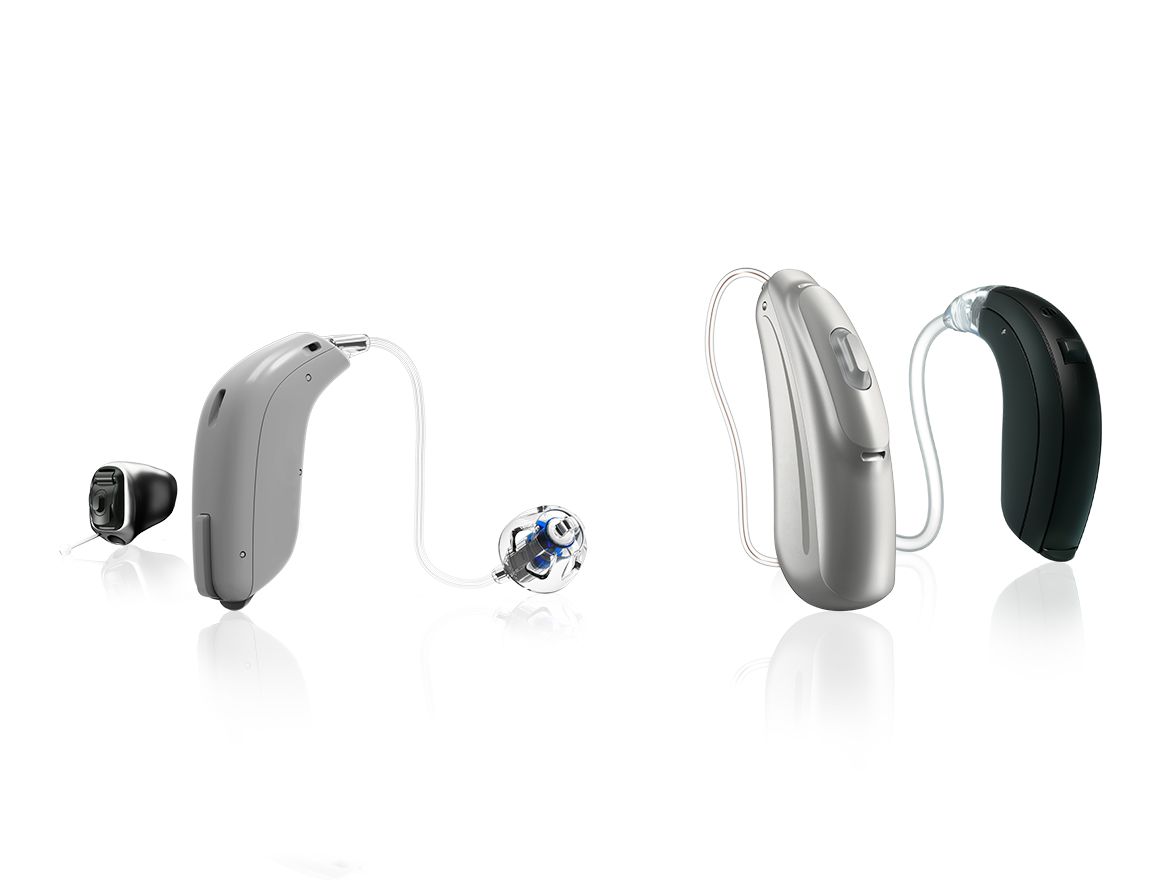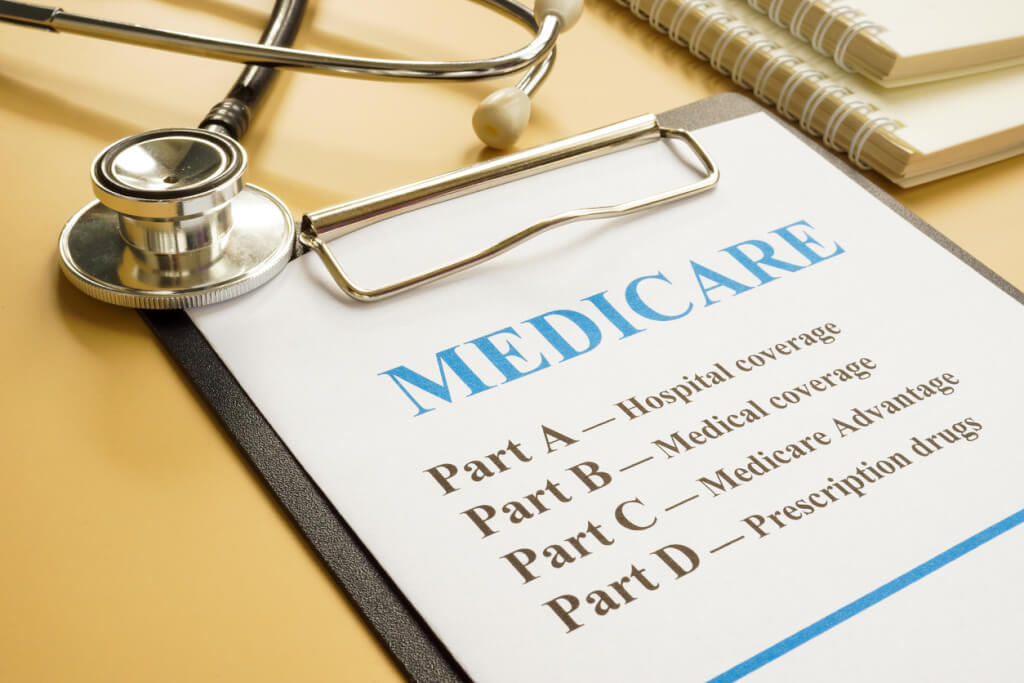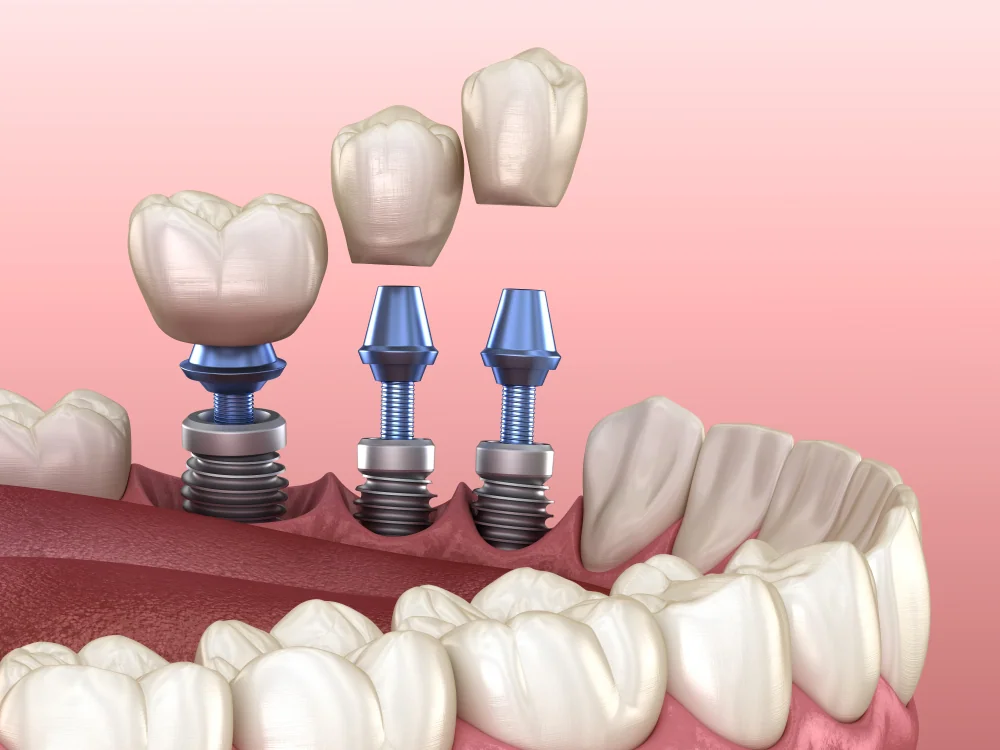The Price of Hearing Aids in 2023
- Posted on Nov. 7, 2023
- Health
- Views 82
Maintaining a healthy auditory system is a crucial element of general health conditions, contributing to a reduced risk of cognitive decline, and even the risk of dementia. However, only a fraction of older adults with age-related hearing loss, also known as presbycusis, opt to use auditory aids due to the associated costs. Jessica Galatioto, director of audiology at Columbia University, claims that “Hearing loss is severely undertreated”. Despite the high hearing aids cost, you still can find cost-affordable options.
Read More

Cost Overview
The average cost for a single listening device stands at approximately $2,000. Considering that most individuals require devices for both ears, expenses are doubled to $4,000.
Types and Costs
In-the-Ear Technology
Ideal for difficult conditions, popular models like ReSound LiNX Quattro (MIH) cost nearly $3,167 for a single unit. Despite the high cost, it's an effective and comfortable option for everyday utilization.
Behind-the-Ear System
Developed for individuals with mild to profound hearing loss, prominent models like Widex Moment and Oticon More are offered for $2,698 -$3,247 per system.
Receiver-in-Canal (RIC)
Designed for mild to severe conditions, the famous brand Signia Styletto X hearing device's price is around $2,466 per device.
In-the-Canal (ITC)
Suitable for mild to severe listening loss, with costs varying between $2,500 to $4,900 for different models offered by Starkey.
Completely-in-Canal (CIC)
Ideal for average sound loss, CIC models like the Phonak Virto M-Titanium range from $1,500 to $4,000 per unit based on customization and bundling services.
Invisible-in-Canal (IIC)
These devices, similar to the CIC system, rest deep in the ear canal, with the Starkey Picasso costing anywhere between $1,500 to $3,100 per aid, depending on selected customization and bundled services.
What's Included in the Cost
The quoted price for listening devices often includes both the retail cost of the devices and professional audiology services required for fitting, programming, maintenance, and repairs. The bundled service model provides several follow-up visits for fine-tuning the aids without additional charges.
However, there’s an emerging trend in the industry, where auditory aids are sold separately from related services, allowing for potentially lower initial costs but possibly incurring higher costs for subsequent follow-up visits.
Which Services are Included in the Expenses?
Diagnostic testing, fittings, programming, cleanings, warranties, and regular checkups are usually included in the original price. With such a number of perks, the hearing device price doesn't seem so high. However, always check this information to know what exactly you are paying for.
Which Factors Influence the Total Check?
Services model, manufacturer, limited insurance coverage, and ongoing innovations highly influence the total bill. The development of the industry allows more and more patients to regain perfect hearing skills, but everything has its price. In the case of light forms of the disease, you can address older models and cheaper technologies. There are other ways to cut the prices.
Tips to Save on Costs
- Pay only for aid-related services. Some clinics will offer you a general checkup just to increase the bill.
- Utilize health savings accounts (HSA) or flexible savings accounts (FSA) for hearing aid payments.
- Explore offerings and discounts at different shops. The same models may significantly differ in price.
- Consider more basic models with simple technological features, if your health condition allows it.
- Explore Medicare Part C plans, which offer some coverage for hearing aid expenses.
- Learn your disease and needs precisely to choose what you need, in spite of buying the first random device offered by the retailer.
Why Invest in Listening Aids?
Addressing hearing loss is integral for the general level of life and health. Severe situations lead to social anxiety, isolation, and problems at work and in family life. Worsening slowly, hearing abilities are not so recognizable. However, diagnosing them at early stages may prevent plenty of issues. Remember that good hearing aids invested in your health strategy serve as a proactive measure to minimize these risks and maintain a balanced and fulfilling life.


